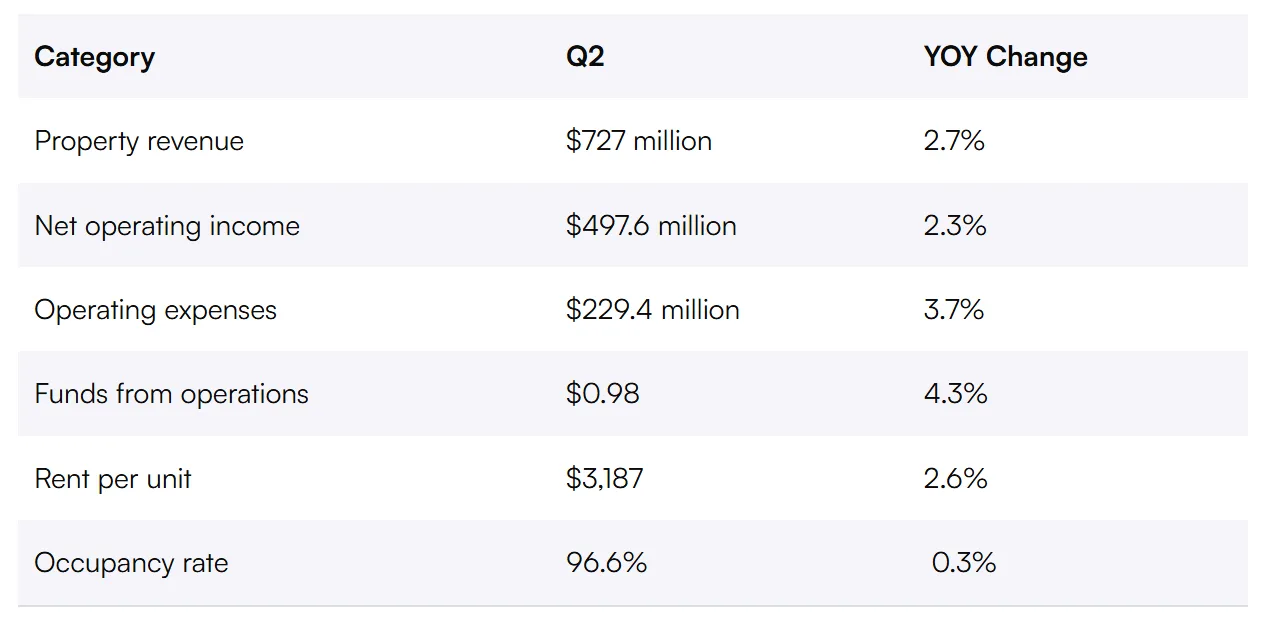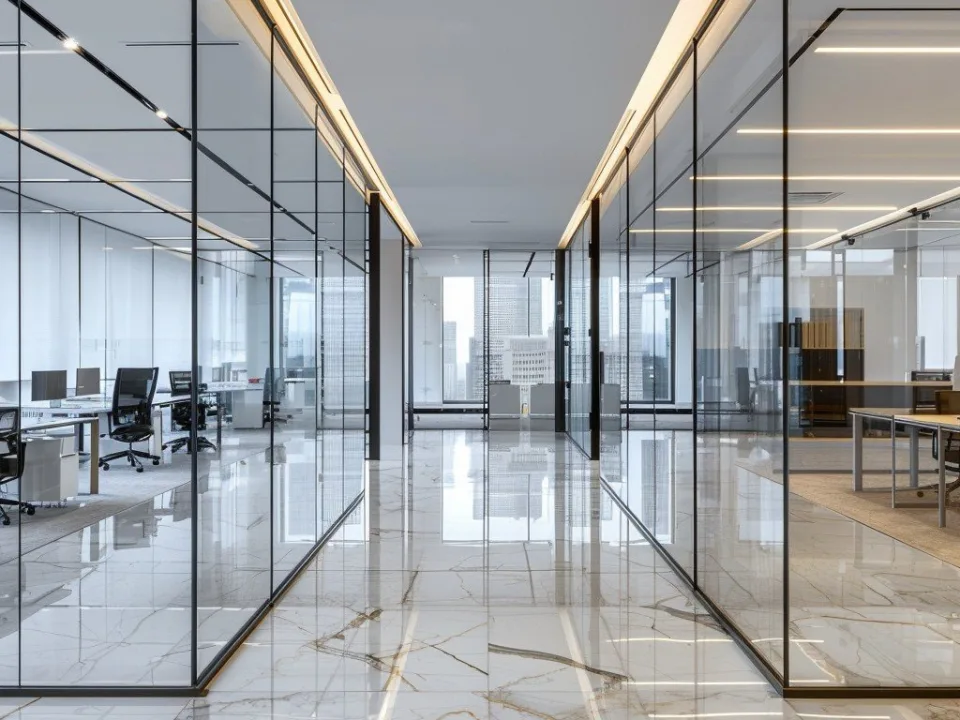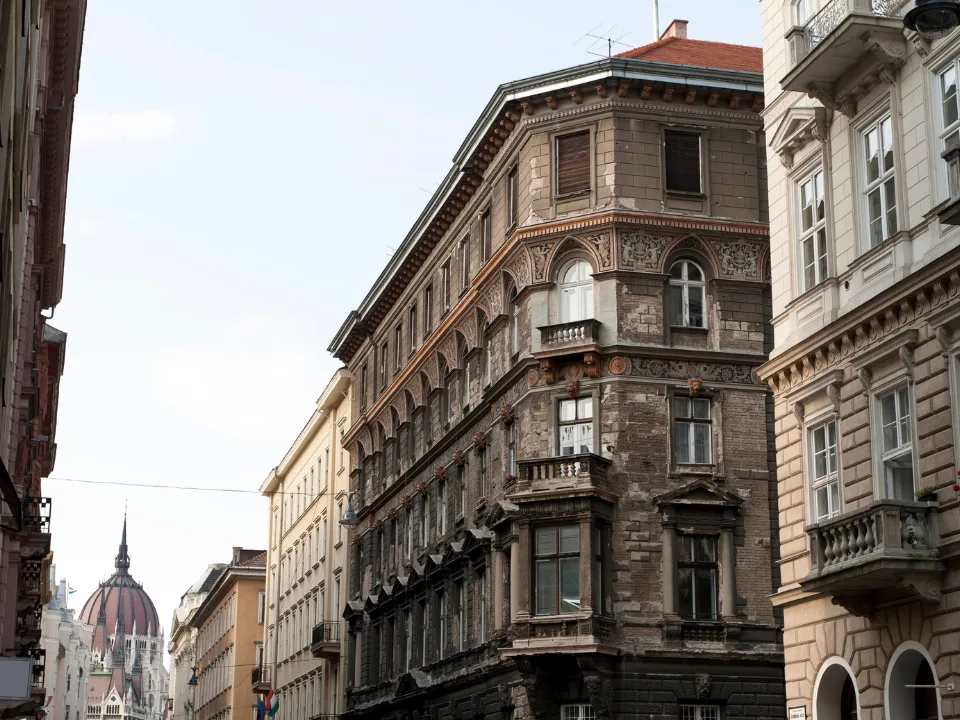- Equity Residential (EQR) reported 3% blended rent growth, with renewals up 5.2% and 60% of residents staying.
- New lease rates dipped slightly as the REIT relied more on concessions than expected, averaging seven days per move-in.
- New York City and San Francisco led performance, while Los Angeles lagged due to weak job growth.
- EQR acquired an eight-property Atlanta portfolio, boosting scale in the metro, but supply challenges remain across newer markets.
Q2 Performance at a Glance
Equity Residential wrapped up its second-quarter reporting with “solid operating performance,” according to Multifamily Dive. Property revenue rose 2.7% year-over-year to $727M. Net operating income increased 2.3% to $497.6M. Funds from operations (FFO) reached $0.98 per share, a 4.3% annual increase.
The REIT posted 3% blended rent growth, powered by renewals. New lease pricing slipped, however, as EQR leaned on concessions. “We used more concessions in the second quarter than we originally expected,” COO Michael Manelis said. Concessions averaged about seven days per move-in.
Urban Markets Show Resilience
Urban centers continued to recover in Q2. CEO Mark Parrell pointed to New York City and downtown San Francisco as standouts, with demand supported by steady job growth and falling supply.
San Francisco posted the strongest results in the portfolio with 5.8% blended rent growth. New York also delivered high occupancy and stable rent gains. Boston and Washington, D.C., performed well, though research cuts and federal job reductions may soften demand later this year.
Los Angeles remained a weak spot. Sluggish job growth and ongoing quality-of-life concerns kept pressure on demand despite good occupancy.
Get Smarter about what matters in CRE
Stay ahead of trends in commercial real estate with CRE Daily – the free newsletter delivering everything you need to start your day in just 5-minutes
Sun Belt Strategy
EQR expanded in Q2 by acquiring an eight-property portfolio in Atlanta. The move gives the REIT 22 assets in the metro and stronger economies of scale. Suburban properties outperformed expectations, while urban Atlanta assets continued to struggle with supply-driven concessions.
Denver, Dallas, and Austin face similar supply challenges. However, steady job growth should support absorption over time. “We think the Sun Belt recovery is much more about absorption than delivery dates,” Parrell said.
Why It Matters
EQR’s results show a split between strong coastal markets and supply-heavy Sun Belt metros. The REIT is prioritizing resident retention while managing new lease pressure with concessions. Occupancy remains high at 96.6%, signaling steady demand despite market headwinds.



















